Which of the following syntheses could not be doen without involving blocking positions on the ring?
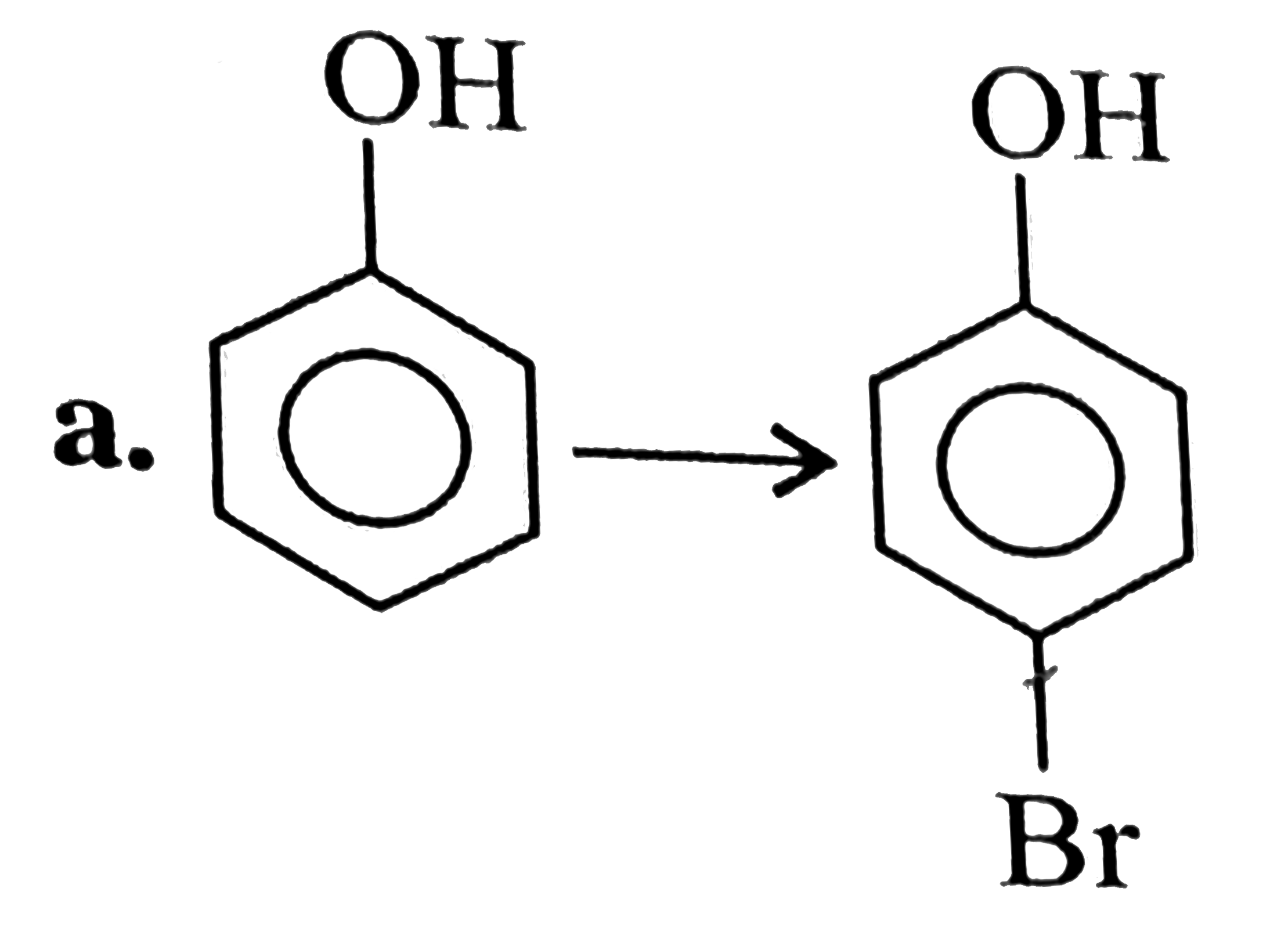
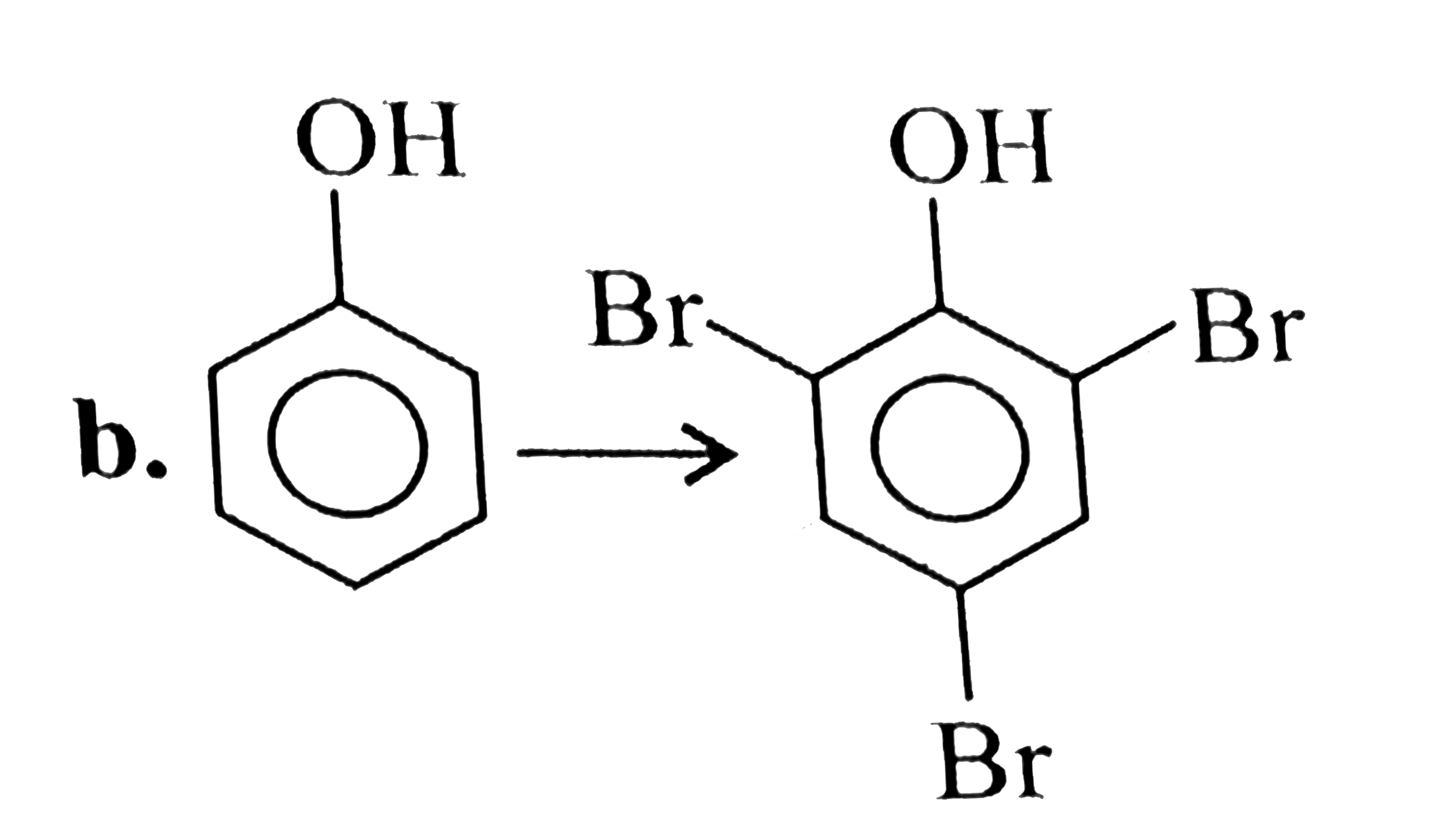
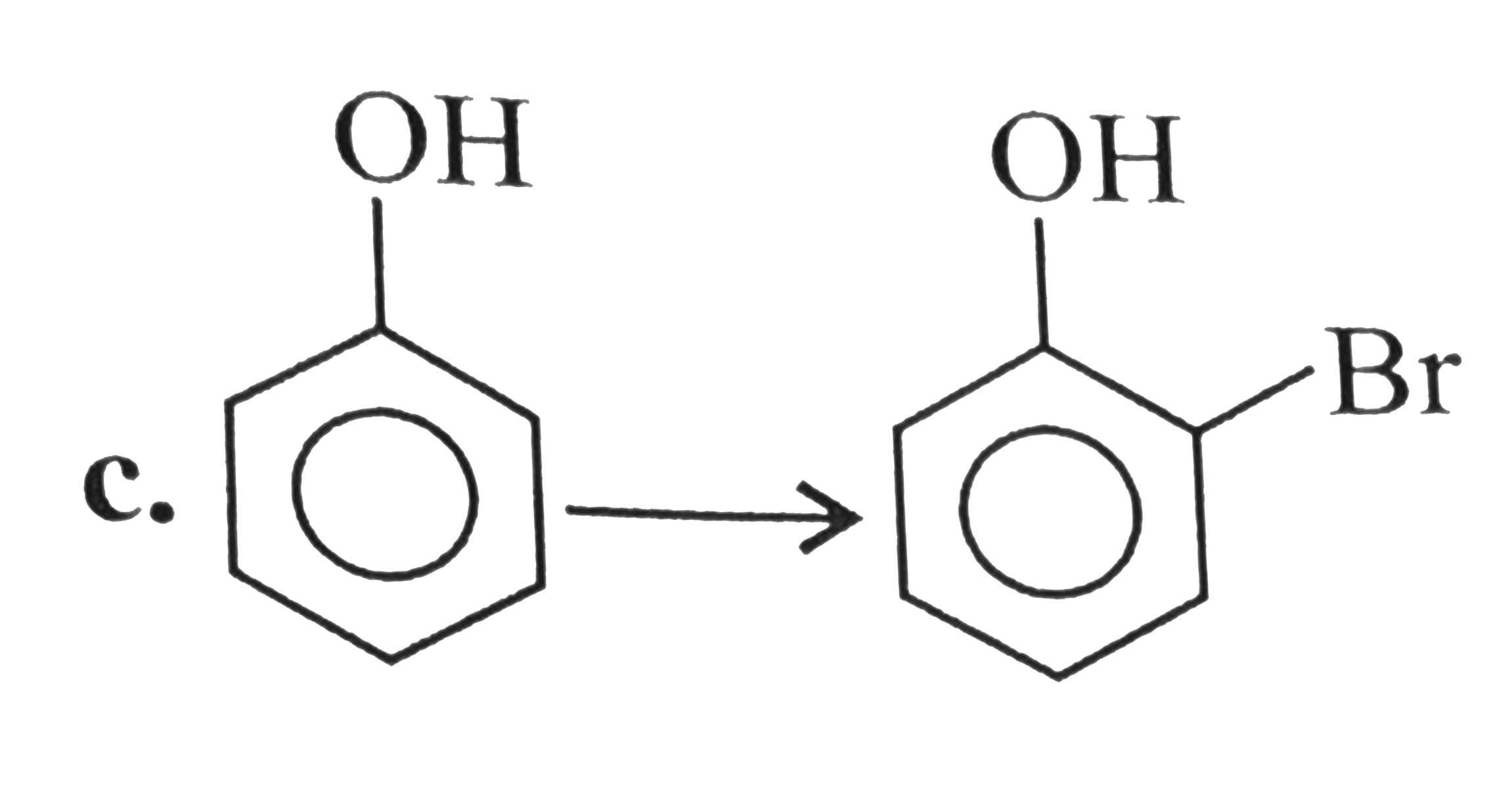
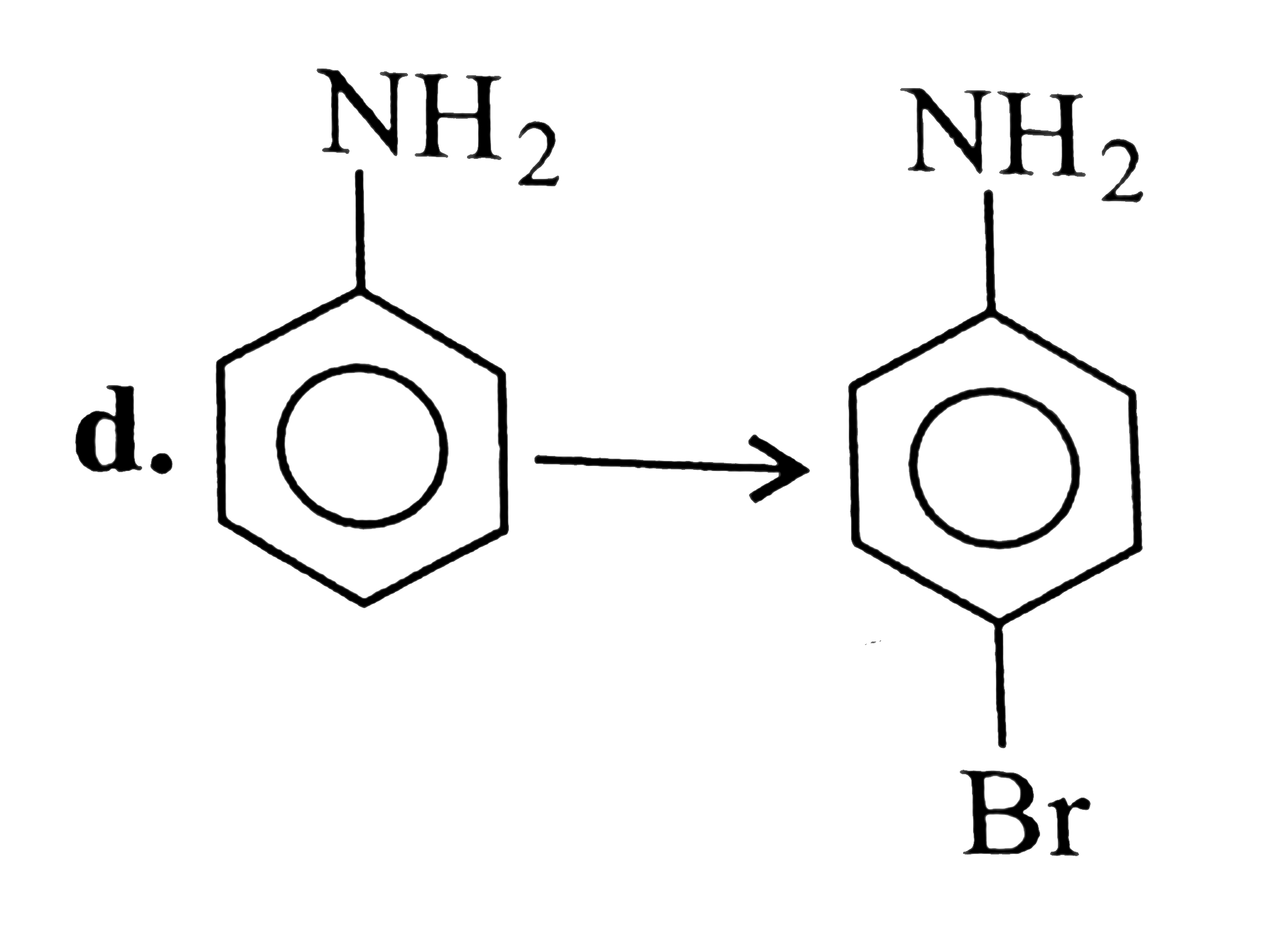
The correct Answer is:c
To determine which synthesis could not be done without involving blocking positions on the ring, we need to analyze the options provided and understand the directing effects of the substituents on the aromatic ring.
1. Identify the Directing Groups:
- The groups attached to the aromatic ring in the options are either ortho/para directing or meta directing. In this case, OH (hydroxyl) and NH2 (amino) are ortho/para directing groups.
2. Analyze Each Option:
- Option A: Para Bromo Phenol:
- The para product can be easily obtained from phenol and bromine (Br2) without any blocking. Thus, this synthesis does not require blocking.
- Option B: 2,4,6-Tribromo Phenol:
- This compound can also be synthesized by reacting phenol with Br2 in a polar solvent, leading to substitution at all ortho and para positions. No blocking is needed here either.
- Option C: Ortho Bromo Phenol:
- To obtain the ortho product, we need to block the para position. If we directly react phenol with Br2, the major product will be the para bromo phenol. Therefore, we must block the para position first to direct the bromination to the ortho position. This requires the use of a blocking group.
- Option D: Para Bromo Aniline:
- Similar to option A, the para product can be synthesized easily from aniline without blocking, as the amino group directs substitution to the ortho and para positions.
3. Conclusion:
- The only synthesis that cannot be achieved without blocking is Option C: Ortho Bromo Phenol. This is because the para position must be blocked to ensure that bromination occurs at the ortho position.
Final Answer:
- Option C is the synthesis that could not be done without involving blocking positions on the ring.
- The groups attached to the aromatic ring in the options are either ortho/para directing or meta directing. In this case, OH (hydroxyl) and NH2 (amino) are ortho/para directing groups.
- Option A: Para Bromo Phenol:
- The para product can be easily obtained from phenol and bromine (Br2) without any blocking. Thus, this synthesis does not require blocking.
- Option B: 2,4,6-Tribromo Phenol:
- This compound can also be synthesized by reacting phenol with Br2 in a polar solvent, leading to substitution at all ortho and para positions. No blocking is needed here either.
- To obtain the ortho product, we need to block the para position. If we directly react phenol with Br2, the major product will be the para bromo phenol. Therefore, we must block the para position first to direct the bromination to the ortho position. This requires the use of a blocking group.
- Similar to option A, the para product can be synthesized easily from aniline without blocking, as the amino group directs substitution to the ortho and para positions.
- The only synthesis that cannot be achieved without blocking is Option C: Ortho Bromo Phenol. This is because the para position must be blocked to ensure that bromination occurs at the ortho position.
- Option C is the synthesis that could not be done without involving blocking positions on the ring.
Topper's Solved these Questions
- BOOK - CENGAGE CHEMISTRY ENGLISHCHAPTER - AROMATIC COMPOUNDS AND ALKYL AND ARYL HALIDES EXERCISE - Exercises Multiple Correct Answers Type15videos
AROMATIC COMPOUNDS AND ALKYL AND ARYL HALIDES
- BOOK - CENGAGE CHEMISTRY ENGLISHCHAPTER - AROMATIC COMPOUNDS AND ALKYL AND ARYL HALIDES EXERCISE - Exercises Single Correct Answer Type28videos
AROMATIC COMPOUNDS AND ALKYL AND ARYL HALIDES
- BOOK - CENGAGE CHEMISTRY ENGLISHCHAPTER - AROMATIC COMPOUNDS AND ALKYL AND ARYL HALIDES EXERCISE - Exercises Linked Compreshension Type11videos
AROMATIC COMPOUNDS AND ALKYL AND ARYL HALIDES
- BOOK - CENGAGE CHEMISTRY ENGLISHCHAPTER - APPENDIX INORGANIC VOLUME 2EXERCISE - Short Answer Type179videos
APPENDIX INORGANIC VOLUME 2
- BOOK - CENGAGE CHEMISTRY ENGLISHCHAPTER - BIOMOLECULESEXERCISE - Exercises Archives (Analytical And Descriptive)8videos
BIOMOLECULES
Similar Questions
Knowledge Check
- Question 1 - Select One
Which of the following could be an integer?
AThe average of two consecutive integersBThe average of three consective integersCThe average of four consecutive integersDThe average of six consecutive integers - Question 2 - Select One
Which of the following graphs could not be the graph of a function?
A B
B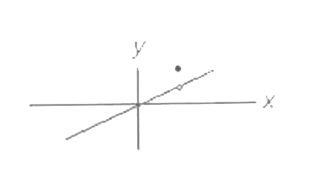 C
C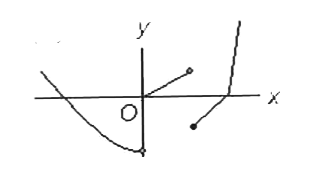 D
D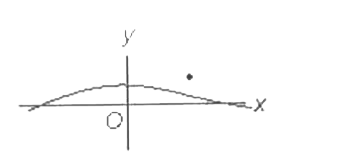
- Question 3 - Select One
Which of the following is not involved in muscle contraction?
AA) Creatine phosphokinaseBB) TroponinCC) Calcium ionsDD) All of the above are involved in muscle contraction
Which of the following are involved in body defence ?
View SolutionWhich of the following steps not involved in respiration :−
View SolutionWhich of the following changes involve reduction ?
View SolutionWhich of the following enzymes is involved in fermentation ?
View SolutionIf |A|>19, which of the following could not be equal to A?
View Solution

